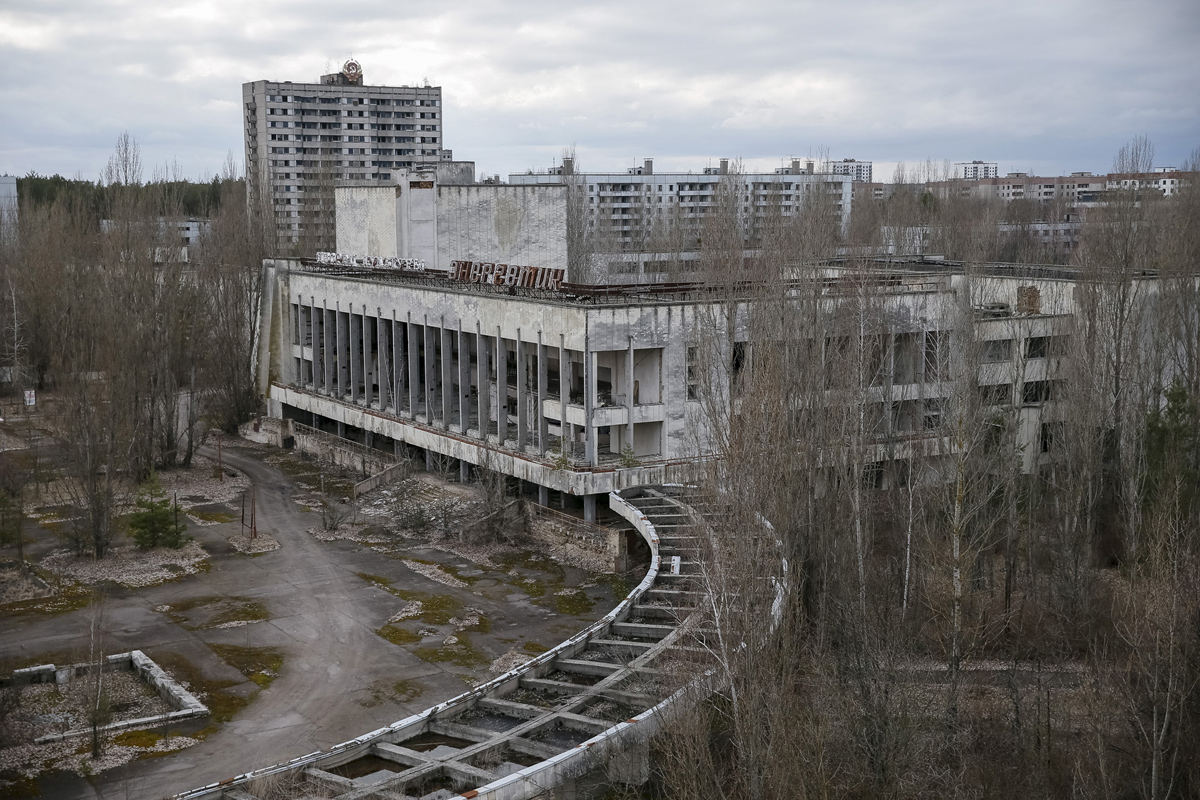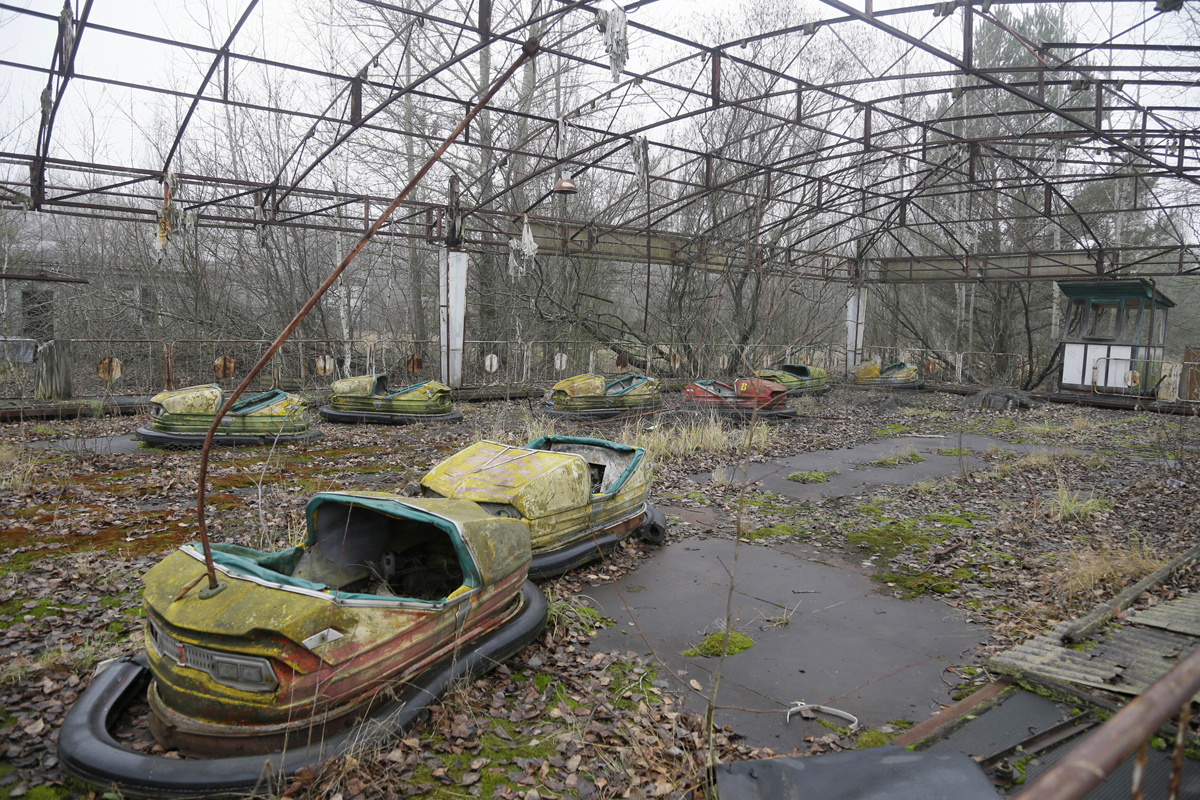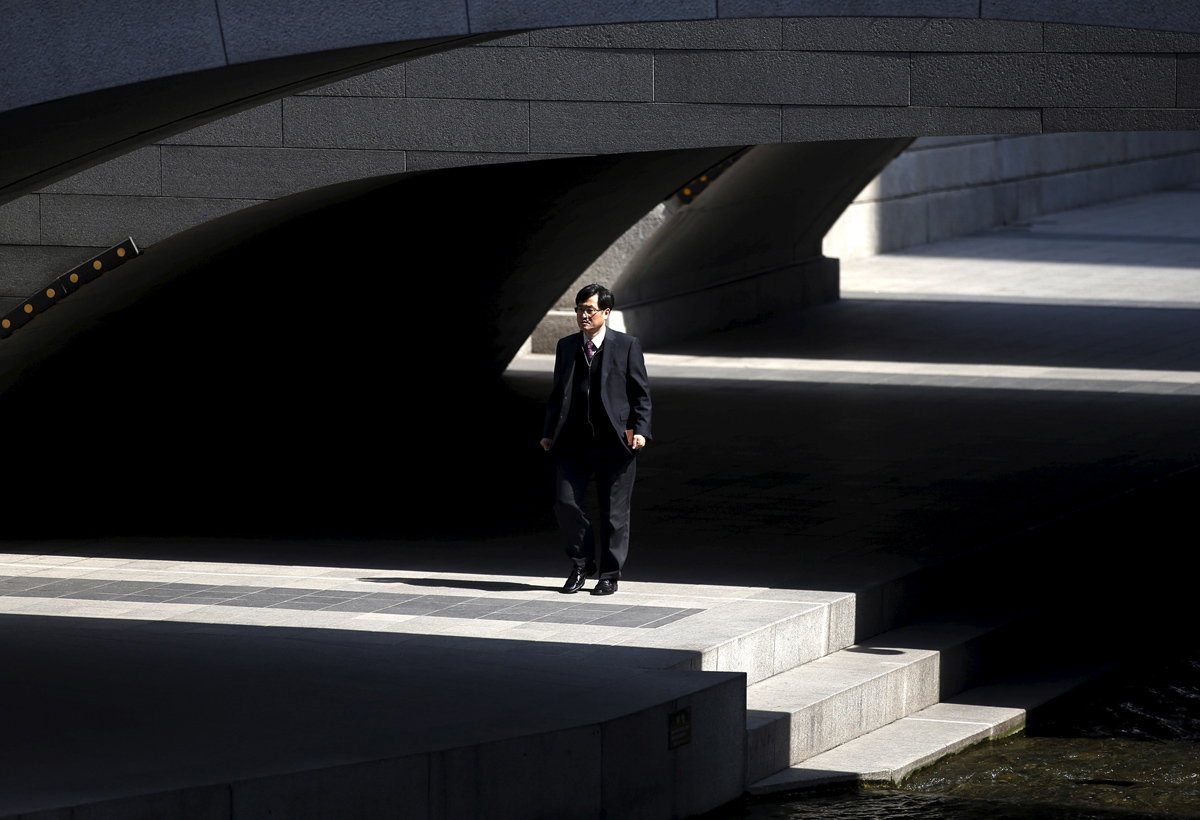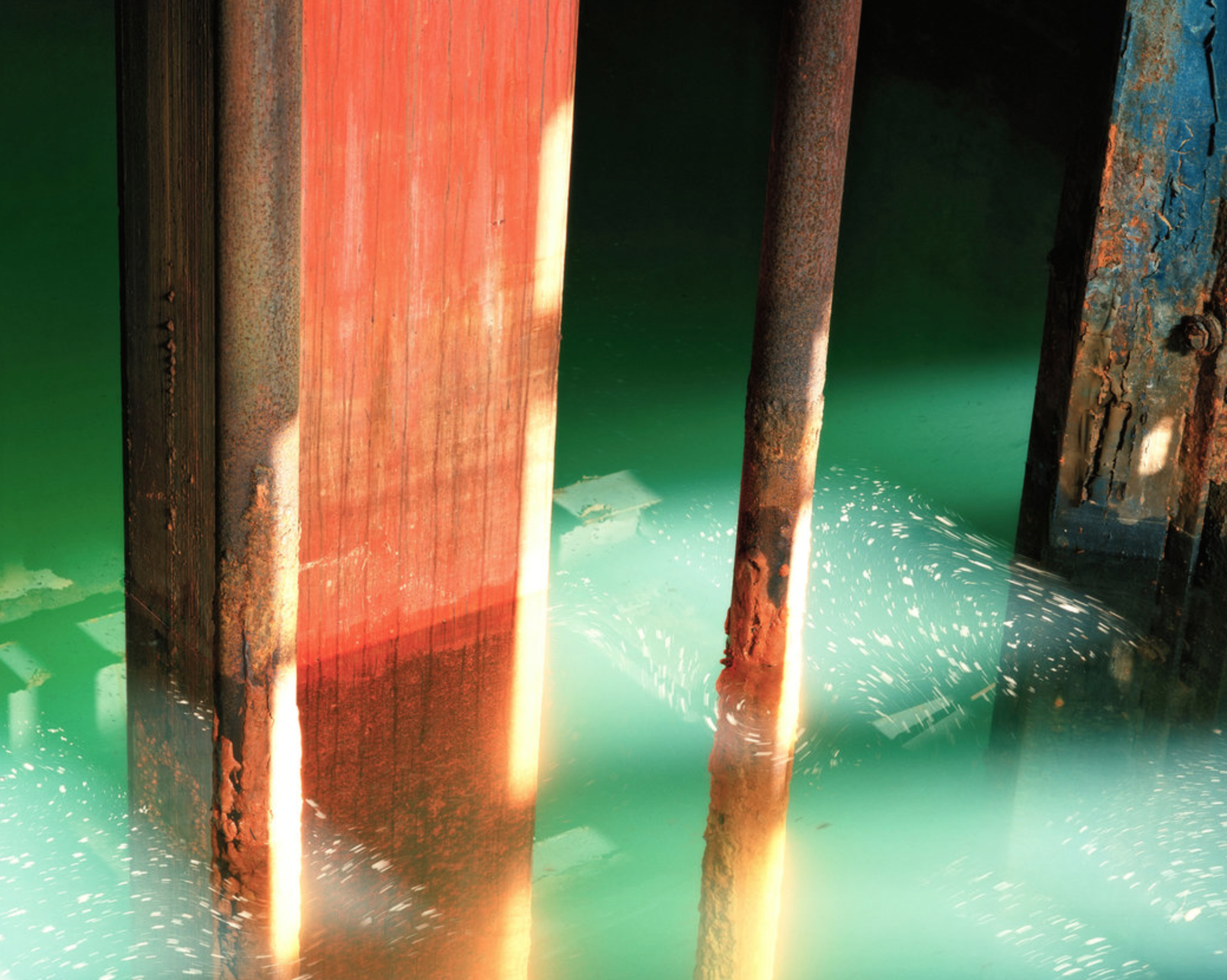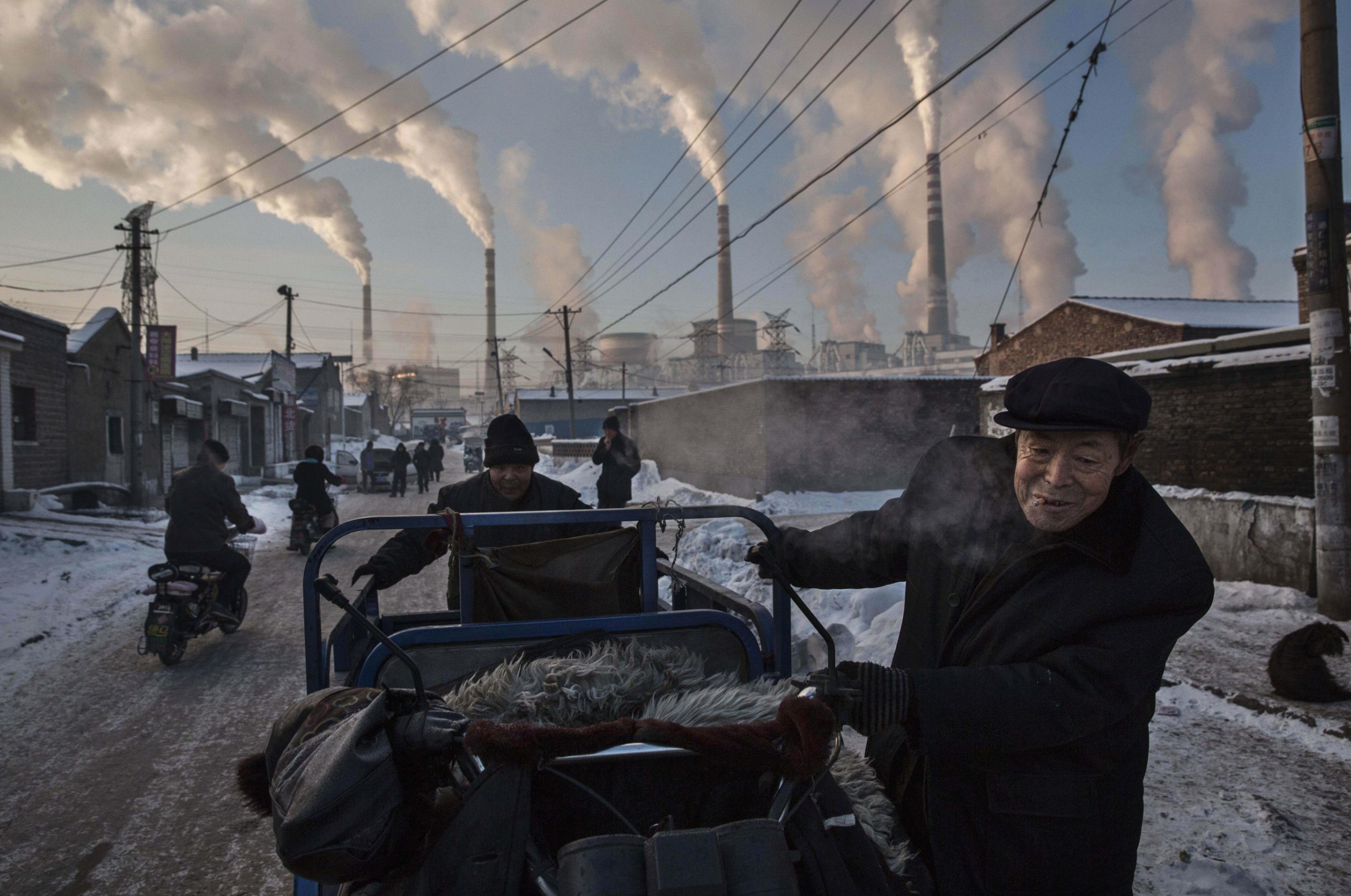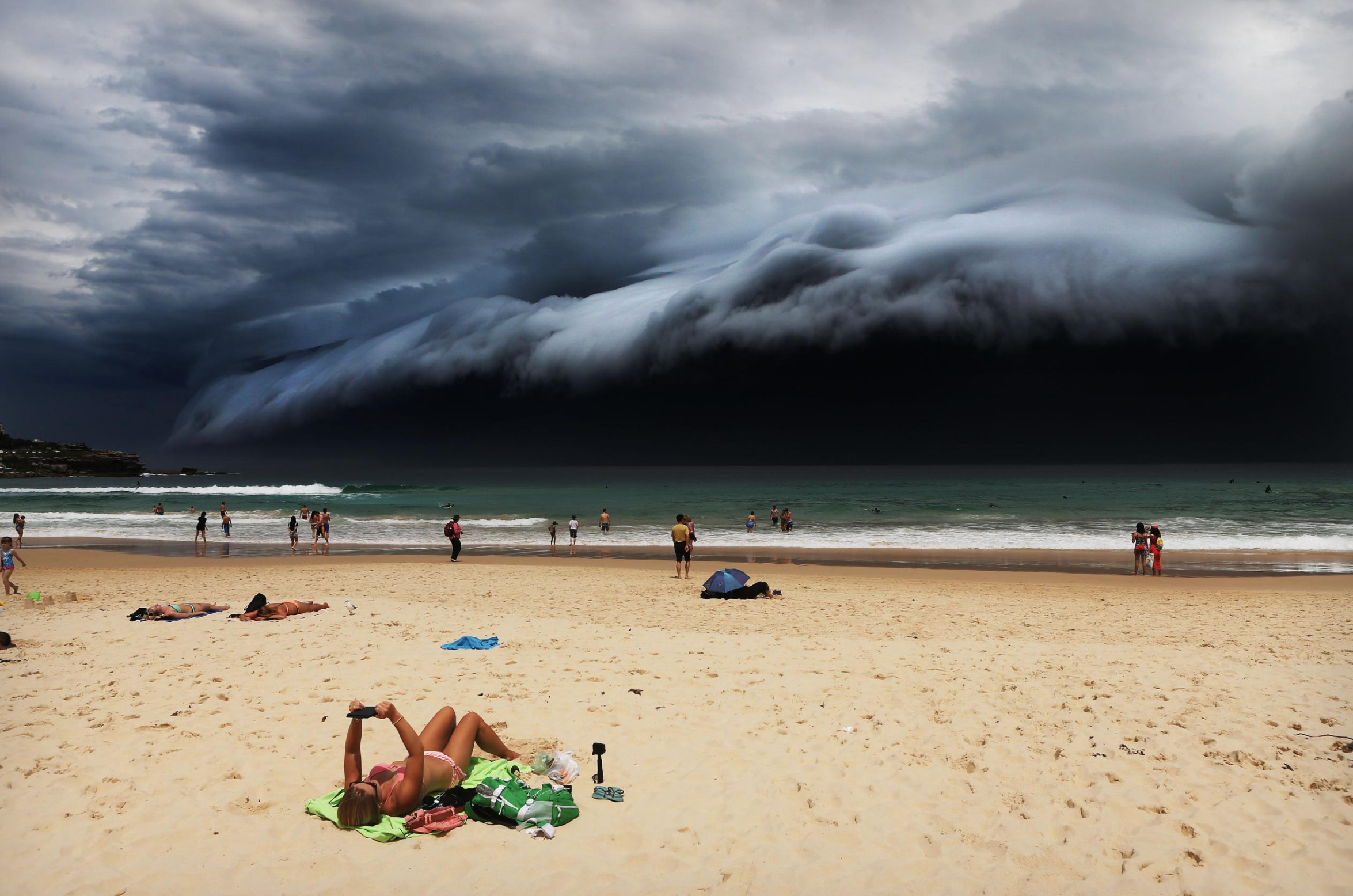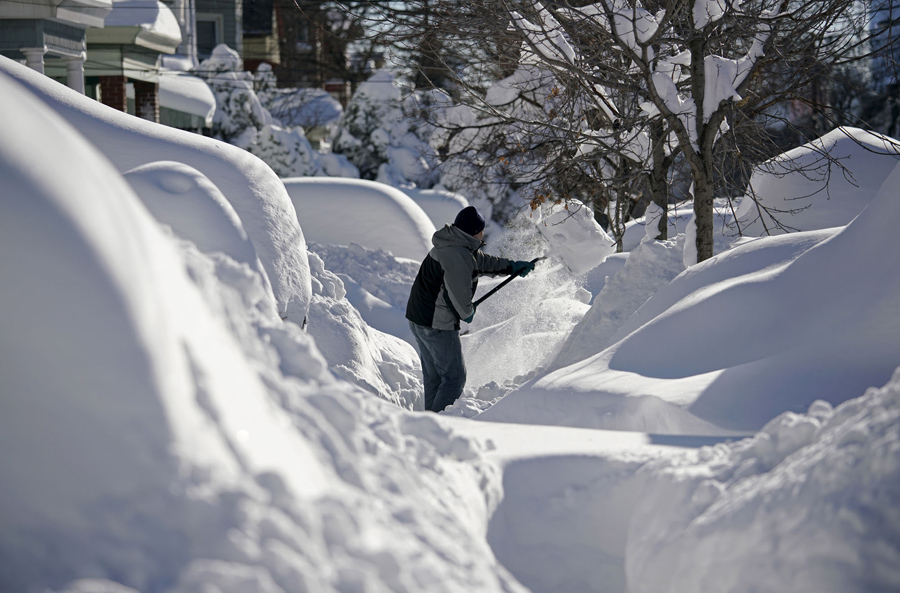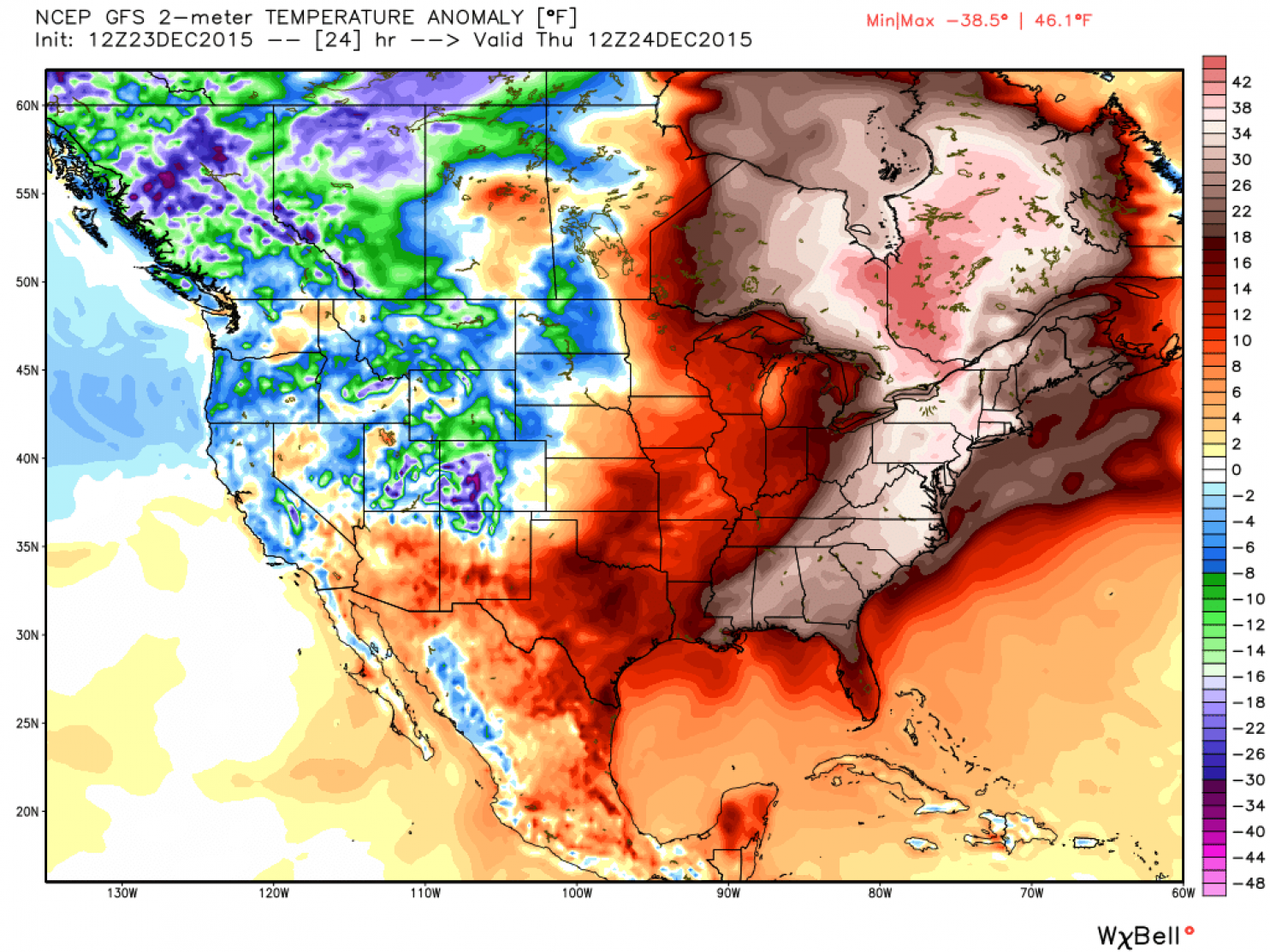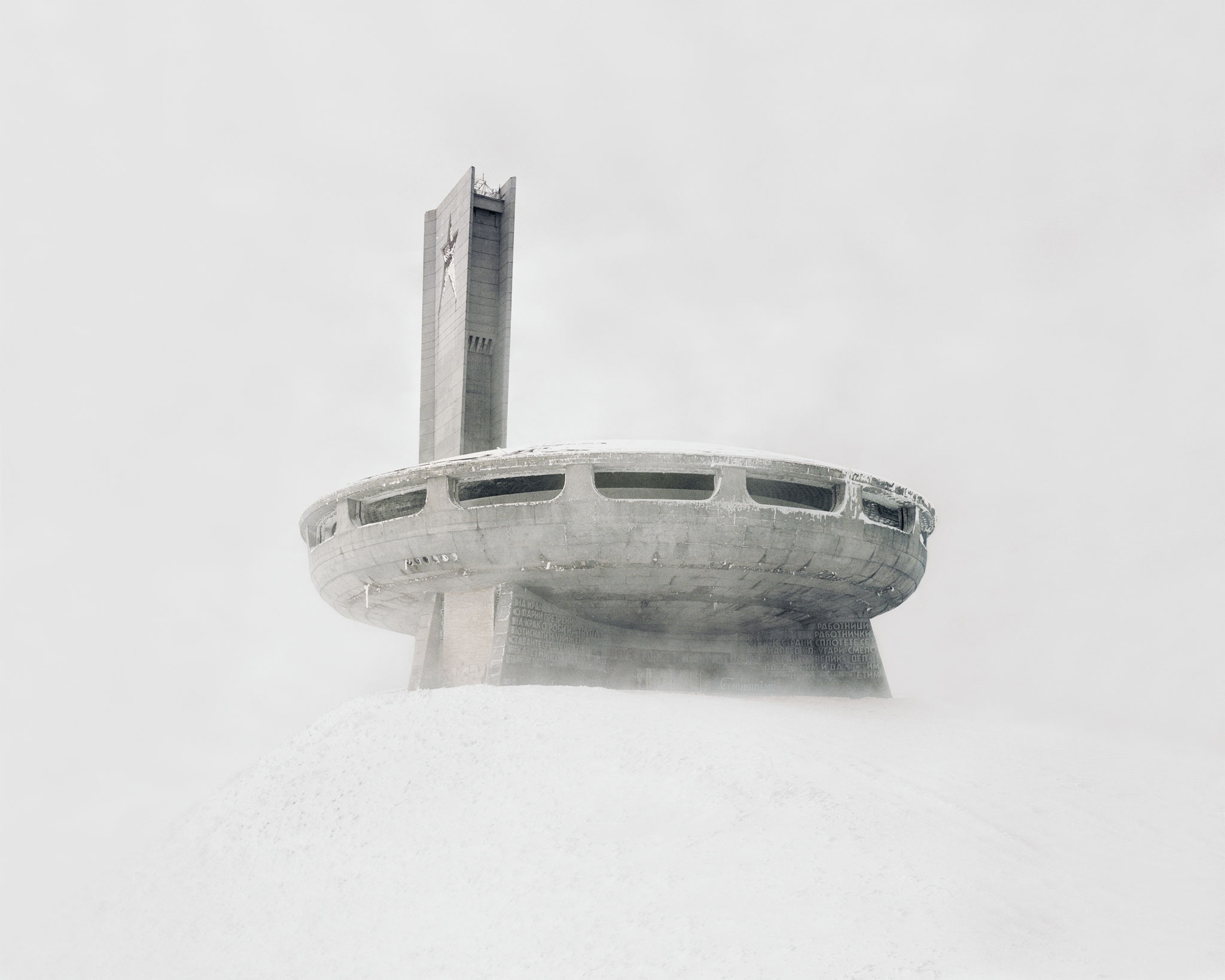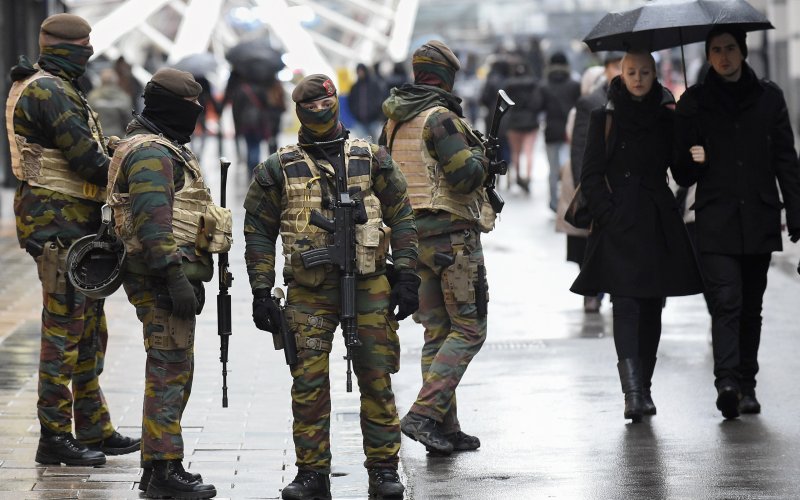For some in the US this week, the big event was the NCAA men’s basketball final. For others, it was opening day of the baseball season. Some have been focused on the presidential primaries and the endless spin and speculation that goes with that. Almost no one will have been thinking about the Nuclear Security Summit meeting that concluded last Friday.
Too bad. It was important–unless, that is, you don’t mind having Your Town looking like this.
The photo was taken at the abandoned city of Pripyat, Ukraine. That’s right–an abandoned city. And we are not speaking metaphorically: for example, “Detroit has been abandoned by the powers that be.” I’ve said much the same myself, but this photo is about something far worse that the typical stories of political or economic malfeasance. Pripyat had the bad luck to be located near the Chernobyl nuclear reactor. Thirty years ago this month the reactor exploded, and today the “exclusion zone”–the dead zone–covers 1000 square miles.
And what did it take to take down 1000 square miles? A mistake made during a routine test. Yes, it was the exception; there will have been millions of tests undertaken at the many reactors around the world that were conducted safely. But the relationship between the small scale of individual human action and the enormous consequences of nuclear destruction should not go unnoticed.
Just as the relationship between a small terrorist action and the enormous consequences of nuclear destruction should not go unnoticed. Even if it is harder than one might think, it doesn’t take an army–or a Manhattan project–to create a crude tactical nuclear weapon today. And there should be no doubt whatsoever that there are people and organizations in the world that would use it at the first opportunity. Not use it as a bargaining chip, not use it as a status symbol to join the nations in the nuclear club, but use it to destroy a city.
That’s why the Summit mattered. Convened in Washington and hosted by President Obama, it received precious little coverage. It was derided, of course, for being too small, too weak, all talk, etc. Some of that had the marks of what should be said by a loyal opposition, and most of it was the all too predictable Obama bashing and saber rattling by the usual gang of idiots.
Either way, there is need to listen to what the ruins have to say. Every summit matters, every initiative, all the talk, whatever money is committed or technical support provided. If there ever was need for Democrat and Republican to work together, and opportunity to be able to work together pragmatically and effectively, this should be it.
Tough talk may even have a place, but far more important will be building collaborative relationships and rigorous practices to protect all the available nuclear material. Even then accidents can happen, but no one should think that there is time to waste, or that the odds are on our side, or that ideology is more important than security.
Listen to the ruins. They know what people are thinking: how we don’t assume the worst, and how we are easily distracted.
And they know what can happen next.
Photographs by Gleb Garanich/Reuters and Efrem Lukatsky AP. For the Atlantic Monthly’s slide show on the exclusion zone, go here.
Cross-posted at Reading the Pictures.
